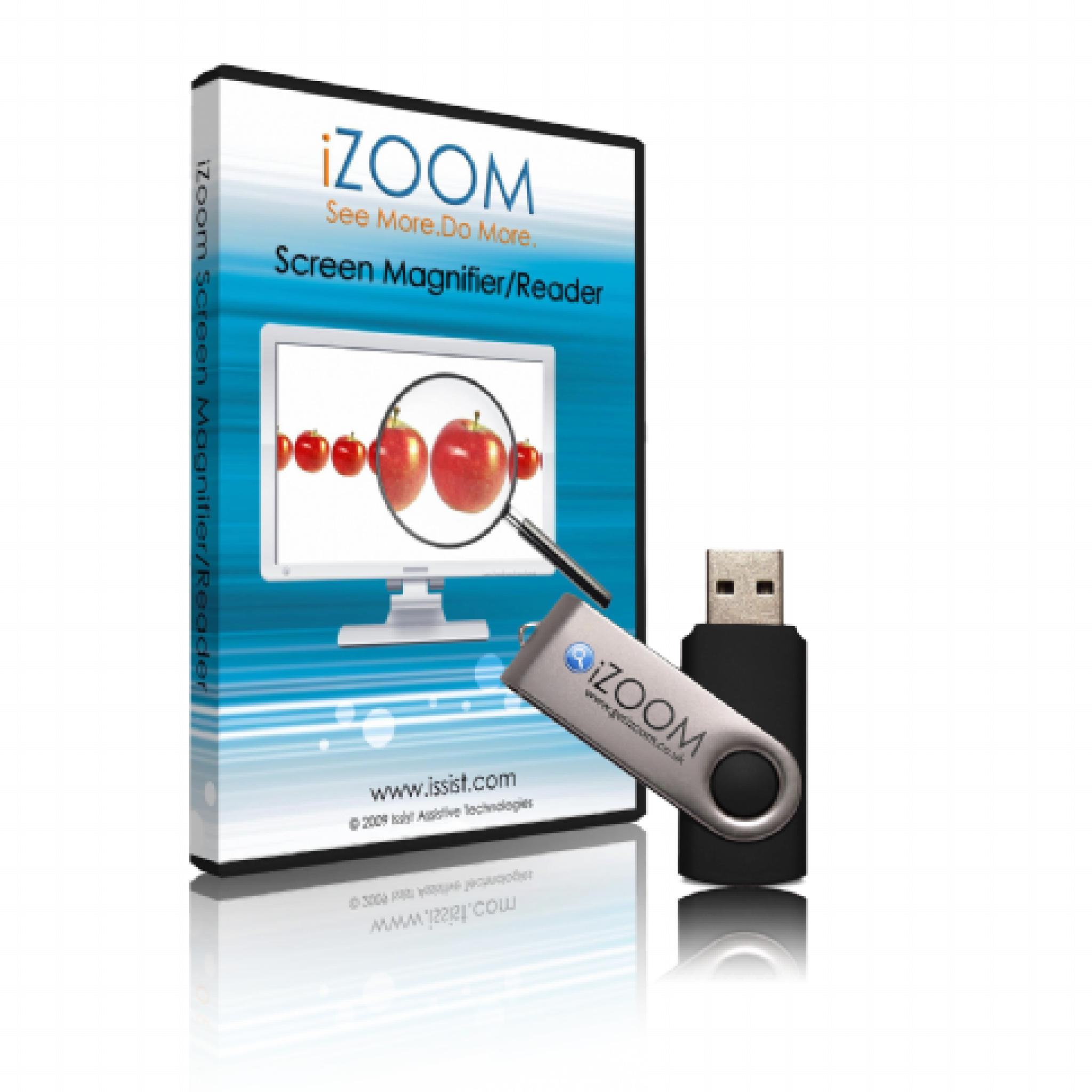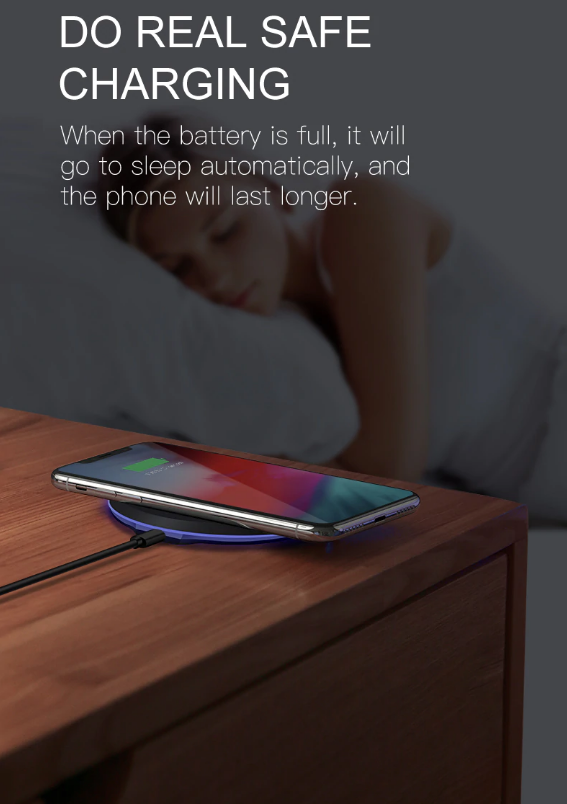

There’s also the issue of chargers bending and then breaking while you charge them. Wired chargers can sometimes stop working after plugging and unplugging them a few thousand times.
.jpg)
Most people have experienced this and perhaps even you have. No Wire Damage © Photo by blackzheep on Adobe Stock PhotoĪpart from this, wires also take damage over time. The switch to wireless technology enables you to live a clutter-free lifestyle and have a clean working space.Ģ. There are wires for your laptop, your phone, maybe your smartwatch, and earphones. However, there’s no getting around the fact that it’s just so much clutter.

Sure, wires have served us well in the past and even in the present. One of the most obvious advantages of wireless charging is that it reduces clutter. Less Clutter © Photo by Daniel Korpai on Unsplash We’ve listed just a few that might make you consider switching to wireless charging. While there are many drawbacks to using wireless charging, there are many more advantages to the technology. Thus, you should prepare to face the disadvantages if you’re going to switch to wireless charging. Of course, there are still many benefits. However, there are a few downsides to using wireless charging. It’s safe to say that wireless charging is here to stay and will continue to exist in future phones. The Ups and Downs of Qi Charging © Photo by Qi Wireless
Izoom fantasy wireless.charger set up android#
Early adopters included Android manufacturers like LG, HTC, and Nokia way back in 2012. As expected, they eventually bought these chips and created their own Qi-enabled phones. Due to all of these factors, Qi became the most highly preferred standard by most companies. This made backward compatibility possible with future Qi chargers. The Qi standard also primarily used inductive charging although, in 2014, the Qi 1.2 standard included resonant charging as well. That drove down the cost of developing Qi-enabled phones.Īdditionally, Qi had smaller components compared to other wireless charging standards, so it fit manufacturers’ interests.

What does that mean? Well, since you could easily buy these chips off the shelf, phone manufacturers didn’t have to make these chips themselves. Many manufacturers had time to produce chips that can act as a shortcut for charging stations. Since Qi was published very early, it became a frontrunner in the wireless charging industry. Most smartphone manufacturers prefer it - including Apple. However, Qi is by far the most ubiquitous. There are more than one wireless charging technologies available in the market. It was originally developed by the Wireless Power Consortium (WPC) in 2008. What is Qi supposed to mean? The word Qi (pronounced “chee”) takes its origins from a Chinese word that means “air energy flow”. Is my phone Qi-enabled? You may be asking the same question, but let’s first talk about Qi too. What Is Qi? © Photo by Wireless Power Consortium Both coils only need loose coupling and they should have the same resonant frequency. They don’t need to be as close together compared to the inductive charging system. However, the benefit of resonant charging is the ability to charge coils that are further away. This second type has a more complicated structure and allows for less efficient power transfers. The second system is called “resonant charging”. Ideally, the distance between them should be less than 7 mm to transfer power efficiently. This method transmits electricity through the air by way of a magnetic field, although the transmitter and the receiver have to be tightly coupled to transfer power. The concept of wireless charging includes two charging systems, with the first being “inductive charging”. This receiver is what makes the difference between phones with wireless charging and phones without wireless charging. Your second coil - the receiver - is the coil inside your phone. The first coil - the transmitter - is typically the one in the charging pad. Through these coils, you can transfer power from one device to another over the air. Within wireless charging systems, there are two coils that create a magnetic field. © Photo by Monika Wisniewska on Adobe Stock Photoīefore we answer the question, “Is my phone Qi-enabled?” let’s first understand how wireless charging works.


 0 kommentar(er)
0 kommentar(er)
